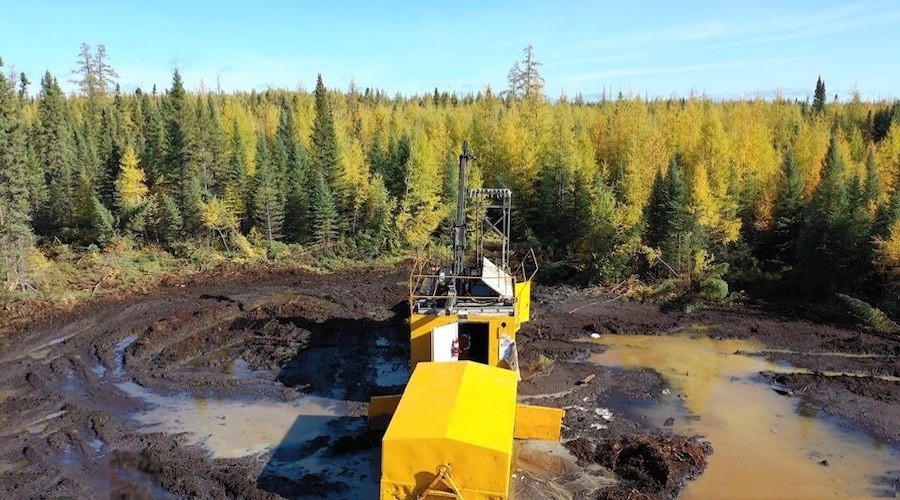Canada Nickel drills more sulphide on Bannockburn property


Canada Nickel (TSX V: CNC; OTCQB: CNIKF) intersected a second significant interval of net textured sulphide in the follow-up hole to its initial intersection of higher-grade massive sulphide on its Bannockburn property, located 65 km south of Timmins, Ont..
The company recently completed infill drilling on the large tonnage, low-grade nickel zone (the B zone) and has identified new prospective targets which will be tested for higher-grade material. Historically, higher grade intervals have been drilled at Bannockburn, the C zone and the F zone. The B zone initial resource is expected to be completed by the first quarter of 2025.
Initial drilling by Canada Nickel resulted in the intersection of massive sulphides in drillhole BAN24-18 which yielded 4.0 metres of 3.95% nickel, 0.40% copper, and 1.08 g/t palladium and platinum within a thicker interval of 12.0 metres of 1.61% nickel. Canada Nickel contracted Crone Geophysics to perform a borehole electromagnetic (BHEM) survey of BAN24-18 with the purpose of understanding the size and location of the high-grade mineralization in the F zone.
Interpretation of the BHEM survey results produced a target approximately 130 metres below the initial discovery in BAN24-18 which was then tested with hole BAN24-20. The hole intersected the target at 470 metres downhole (within 20 metres of the interpreted location), within a strongly serpentinized peridotite that includes net-textured to locally semi-massive sulphides. The strongly mineralized peridotite is approximately 12.7 metres in core length and is followed by strongly serpentinized peridotite with disseminated nickel mineralization to the end of the hole. An XRF analyzer was used to confirm the presence of nickel. Samples have been submitted for assays.
Canada Nickel has expanded its Crawford project in the Timmins-Cochrane area of northern Ontario for production. It will have a unique in-plant carbon capture feature. More information is posted on www.CanadaNickel.com.
Comments